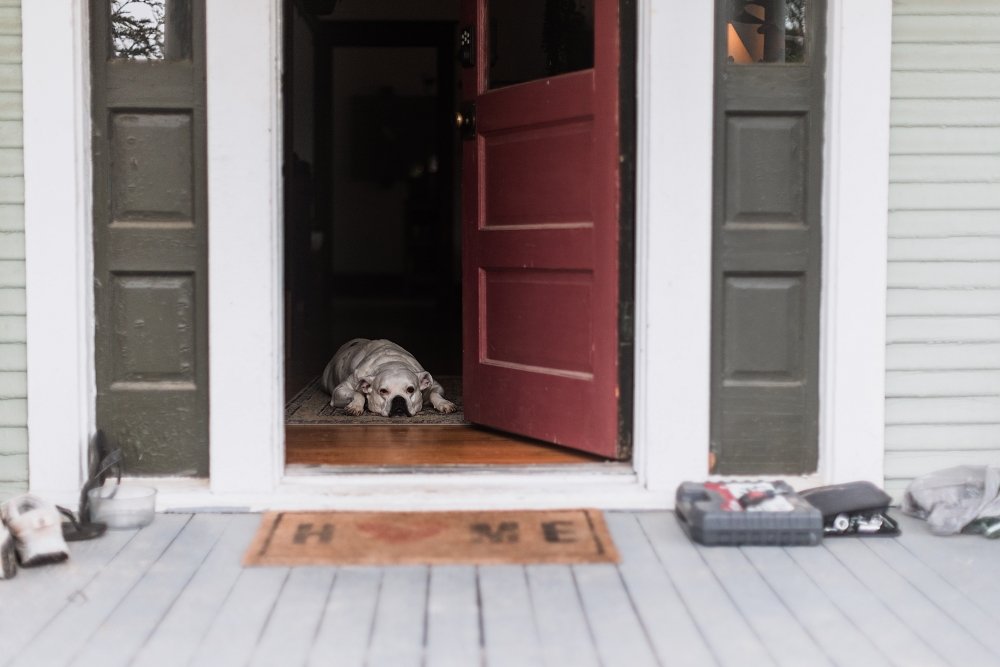GET 15% OFF + FREE GIFT WITH THE PUPPY BUNDLE
GET 15% OFF + FREE GIFT WITH THE PUPPY BUNDLE
Shop all

Separation Anxiety in Dogs: How to Help Your Dog Cope When You're Away
May 19, 2023 2 min read
Separation anxiety is a common issue faced by many dog owners and their furry friends. When left alone, dogs with separation anxiety may exhibit destructive behaviors, excessive barking, or become distressed.
Fortunately, there are strategies to help your dog cope with separation anxiety. Let’s explore effective techniques, including the use of dog crates and anxiety-reducing dog beds, to support your dog during your absence.
Understanding Separation Anxiety in Dogs
Separation anxiety occurs when dogs become anxious or stressed when separated from their owners. This condition can manifest in various ways, such as excessive vocalization, destructive chewing, pacing, or even attempts to escape. Recognizing the signs and understanding the underlying causes of separation anxiety is crucial to implementing appropriate solutions.
Introduce a Safe Space with a Dog Crate
A dog crate can provide a safe and secure den-like environment for your anxious dog. Introduce the crate gradually by associating positive experiences with the crate, such as treats or favorite toys. Encourage your dog to voluntarily enter the crate and gradually extend the duration of crate time while you're at home. This helps create a positive association with their dog crate, reducing anxiety when you're away.
Invest in Anxiety-Reducing Dog Beds
Specialized dog beds designed to reduce anxiety can provide additional comfort and security for your distressed pup. These beds often feature calming materials to create a cozy and secure feeling. KindTail’s luxury dog beds are made out of an ultra-soft and cozy sherpa fabric. Place the bed near the crate or in your dog's favorite resting area to promote relaxation.
Practice Gradual Departures and Returns
Help your dog become accustomed to your departures and returns by practicing gradual desensitization. Start with short absences and gradually increase the duration over time. Before leaving, provide your dog with a tasty treat or a toy to keep them engaged. When you return, avoid overexcitement and maintain a calm demeanor to prevent reinforcing anxiety-related behaviors.
Incorporate Enrichment Activities
Engaging your dog's mind and body with enrichment activities can help alleviate anxiety. Interactive games and toys provide mental stimulation and divert attention from your absence. Consider rotating different toys or hiding treats around the house to keep your dog entertained and distracted.
Seek Professional Help, if Needed
If your dog's separation anxiety persists or worsens despite your efforts, it may be beneficial to consult a professional dog trainer or behaviorist. They can assess your dog's specific needs and develop a personalized training plan or recommend additional interventions, such as desensitization exercises or medication, if necessary.
Helping your dog cope with separation anxiety requires patience, understanding, and a combination of techniques tailored to your dog's needs.
By introducing a dog crate as a safe space, you can support your furry friend in overcoming separation anxiety and promoting their overall well-being. Remember, with time and consistent efforts, you can help your dog feel more secure and relaxed when you're away.





